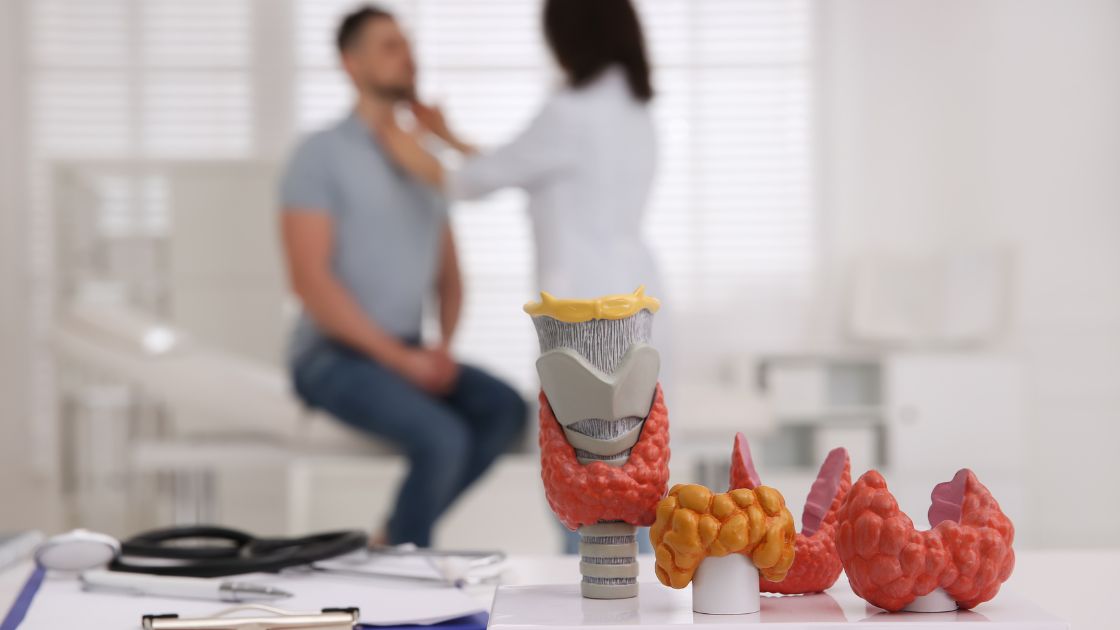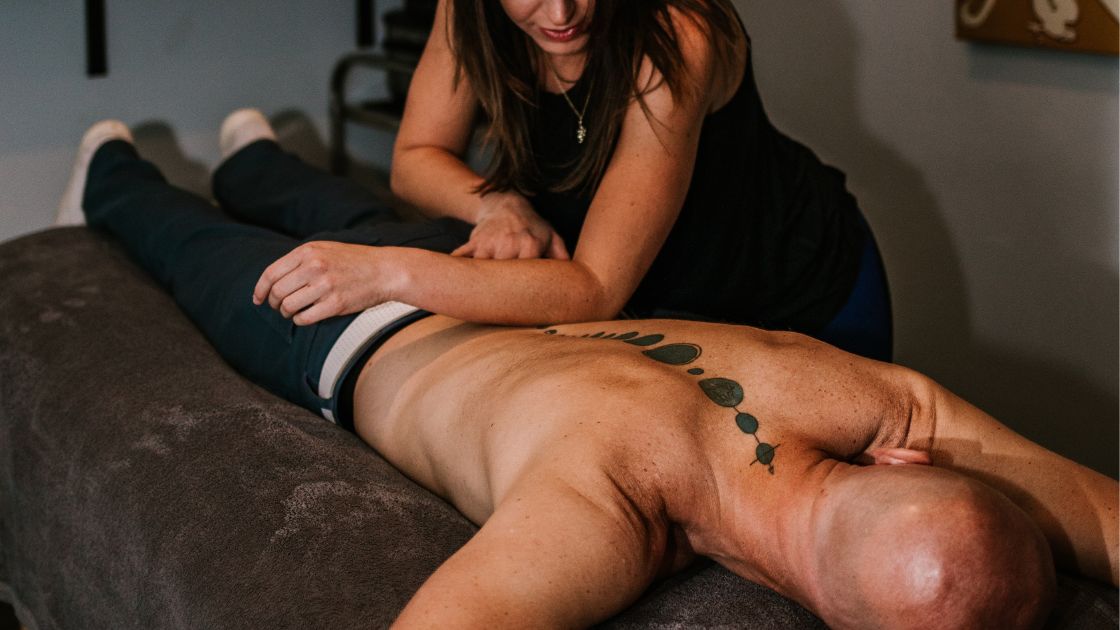Taking Control of Your Habits: Part 1

Are you tired of New Year’s resolutions? Do you wonder if you’ll ever accomplish permanent habit change? I’ve been reading a book titled Atomic Habits by James Clear, which reveals the inner gears of a habit, details how to effectively break down old unhelpful habits and build new constructive ones. In this article I will summarize his findings on how to build a new habit. For those of you who love reading I highly recommend the book; but for those of you who admit that you’ll never get around to it, I dedicate this article to you.
The 4 Fundamentals of a Habit
A habit is “something that you do often and regularly, sometimes without knowing that you are doing it.”[1] It is a result of learned behavior; we don’t choose even our earliest habits, we imitate them. Therefore, making a new habit will be a combination of unlearning old ways and learning new ones. In his book, James Clear describes four fundamentals of a habit and how to optimize each one in order to make a new habit permanent.
- CUE – Make it Obvious
- CRAVING – Make it Attractive
- RESPONSE – Make it Easy
- REWARD – Make it Satisfying
Cue
A cue is what triggers the brain to initiate a behavior to satisfy a need/desire. For this step, time and location tend to be the strongest anchors. Oftentimes our current environments already have habits built into them, e.g., Every time you enter your office you organize your papers; every time you go to the kitchen you look inside the fridge, even if you’re not hungry.
Clear says, “Time is perhaps the most common way to trigger a new habit. Waking up in the morning usually triggers a cascade of habits: go to the bathroom, take a shower, brush your teeth, get dressed, make a cup of coffee, etc.”[2]
In this way it is best to create your new habit by placing it in a time and a location: At 8am, right after starting the coffee, I will foam roll for 3 minutes in the living room. Be specific. Place your habit immediately before or after something you already do so that it is obvious and actionable. A little planning will relieve your brain of any confusion that might prevent you from completing your goal. (We’ll talk more about this in Step 3: Make It Easy.)
Craving
The second step is craving; this is the motivational force behind your habits. Behind every action is a desire: When you’re thirsty, you reach for the nearest liquid. We often set goals that are not attractive; maybe they’re too difficult, time-consuming, or abstract. The key to this step is linking the desired change with an already desirable practice. The first way you can make a new habit attractive is by reframing the way you think and talk about it. Often we say that we “have to go to the gym,” or we “have to foam roll.” Instead, reframe it by saying “we get to go to the gym and enjoy the strength and energy it provides us,” or “we get to foam roll and relieve the pain and tension in our muscles.” Highlight the benefits of the goal you seek. After all, you’ve made this goal because you know how beneficial it is!
Another way to make a habit attractive is by linking it with something we already enjoy. Every morning you start the coffeemaker and foam roll for 3 minutes while it brews. Soon, the smell of coffee will be associated with foam rolling and you’ll link the reward of drinking it after you’ve finished.
One of the most effective ways of making a habit attractive is by surrounding yourself with people with whom your desired behavior is the norm. As intensely social creatures we tend to imitate the behaviors of those close to us. A behavior will seem more attractive to us when it helps us fit into our desired groups. Therefore, if you want to start a new workout routine try joining a gym, a fitness class, or starting a group of your own that will not only inspire you but keep you accountable to the mutual group goals.
Analyze Your Behavior
It is helpful to analyze your behavior throughout the day to discover where you might best insert a new habit. Fill in the blanks of this sentence: “I will do (habit) at ________ time, in ___________ location.” Prime your environment for action so that success is easy and predictable, even if the success is small to start. Next, highlight the benefits of your new habit, and stack it with an already desirable habit. Finally, join a community that values the thing you want to achieve.
I hope this intro will help kick start you into a lifetime of small successes that build into your best self. Join me in the next article where I describe Steps 3 & 4, Response: Make it Easy & Reward: Make it Satisfying.
Written by: Emily Arnold, LMT
Photo Credit: Canva
[1] “HABIT: Meaning in the Cambridge English Dictionary.” Cambridge Dictionary, dictionary.cambridge.org/dictionary/english/habit.
[2] CLEAR, JAMES. ATOMIC HABITS: an Easy and Proven Way to Build Good Habits and Break Bad Ones. RANDOM House BUSINESS, 2019.





